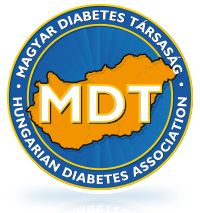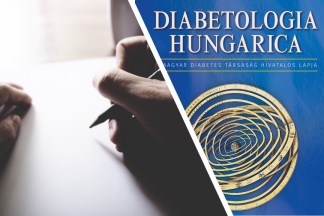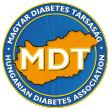Patient information
Diabetes - the free magazine of the Foundation for Diabetic People
"Diabetes is one of the first ‘civilian’ diabetes magazines. Our readers have helped us with their attention and interest, they have given our editors and publishers energy and perseverance. We thank them for this all."
Abstract from the magazine:
Hypoglicaemia: In a healthy person blood glucose level varies within a narrow range. It would not fall below 3,5 mmol/l during fasting and would not rise higher than 7,5 mmol/l even after meals. Hypoglycaemia is extremely low blood glucose. It is dangerous because the brain only utilises glucose for energy and there is not enough energy for the brain to operate correctly. This state makes the body produce glucagon, adrenalin and growth hormones which increase the amount of glucose in the blood.

Insulin resistance: At a certain stage of diabetes, the body can only make use of carbohydrates with an increased insulin production. In the early stage of diabetes
blood glucose levels are normal but high levels of insulin (to overcome the body’s insulin resistance) can be detected showing abnormalities of metabolism. Those affected by this condition often perspire, shiver, feel hungry and dizzy.
What did prehistoric men eat?: Let’s have a look at the prehistoric diet. Cavemen probably collected acorns, berries, dandelions, mushrooms, onions, petals, roots and wild asparagus. They may have caught hamsters, moles, squirrels, oysters, snails and other small animals. On lucky days even bigger animals fell into their pits dug with great effort. These latter were definitely rare but highly valued.





























 PÁLYÁZATOK
PÁLYÁZATOK 

